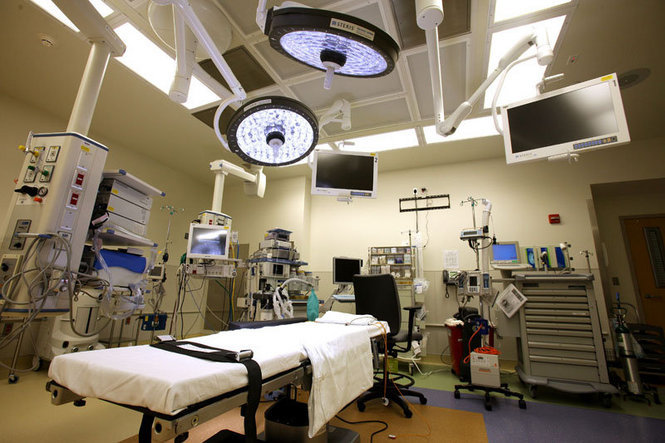University Hospitals EB-5 Project: Anchor Institutions & Economic Growth

The story of Cleveland's economic rebound has been made possible by a myriad of different entities, all working together toward the common goal of increasing growth in the city. Some of the key players that have made this ongoing economic development possible are the city's anchor institutions.
In Cleveland, large hospital systems and universities are among the most visible entities to be considered anchor institutions since they employ thousands of people, require considerable support services from vendors, have large annual budget expenditures, and have deep roots within the region.
In Cleveland, the University Hospitals Health System (UH) has been one of the leading anchor institutions supporting the recent surge of economic development in the region. This began when UH, working with the Cleveland Foundation and the City of Cleveland, crafted the UH “Vision 2010” plan - a multi-year $1.3 billion expansion plan consisting of upgrades to existing hospitals and new construction of others - with the following priorities:
- Including as many local minority- and female-owned businesses as possible;
- Achieving an economic multiplier effect by directing as much spending as possible toward businesses based in the City of Cleveland and the greater Northeast Ohio region; and
- Producing lasting change in Northeast Ohio by pioneering a “new normal” for how business should be conducted by the region’s large institutions.
- To meet these commitments, UH established concrete goals pertaining to diversity, procurement, and hiring local residents. By the conclusion of UH’s Vision 2010 expansion plan, some 110 minority and female-owned businesses had received contracts and more than 90% of goods and services procurement went through local and regional firms. Additionally, more than 5,000 jobs in construction and related fields were created during the five-year period, with salaries totaling $500 million.
- CiF’s University Hospitals EB-5 Project helped finance the construction of two hospitals that were a part of the much larger Vision 2010 project. CiF Investors placed $60 million in investment capital into the Ahuja Medical Center and Seidman Cancer Center, helping with not only the completion of UH’s expansion project but also advancing the local procurement and hiring commitments, which helped put Clevelanders to work.
The Vision 2010 expansion plan was an important moment in Cleveland’s economic development not just because of the positive spillover effects of the project, but also because the effort provided a real world case study on the effectiveness of anchor institutions. Now, cities across North America – from Toronto to Baltimore – are looking at and learning from UH’s experiences, in an effort to emulate the catalytic success of Cleveland’s anchor institutions.
As an entity similarly invested in the long-term success and growth of our region, CiF was pleased to be able to utilize EB-5 capital in a way that not only supported the expansion of one of Cleveland’s premier healthcare institutions but also supported the growth of Greater Cleveland.
http://cifeb5.blogspot.in/2015/07/eb5workscleveland6.html
Mentions
States
- Ohio
Securities Disclaimer
This website is for informational purposes only and does not constitute an offer or solicitation to sell shares or securities. Any such offer or solicitation will be made only by means of an investment's confidential Offering Memorandum and in accordance with the terms of all applicable securities and other laws. This website does not constitute or form part of, and should not be construed as, any offer for sale or subscription of, or any invitation to offer to buy or subscribe for, any securities, nor should it or any part of it form the basis of, or be relied on in any connection with, any contract or commitment whatsoever. EB5Projects.com LLC and its affiliates expressly disclaim any and all responsibility for any direct or consequential loss or damage of any kind whatsoever arising directly or indirectly from: (i) reliance on any information contained in the website, (ii) any error, omission or inaccuracy in any such information or (iii) any action resulting therefrom.



